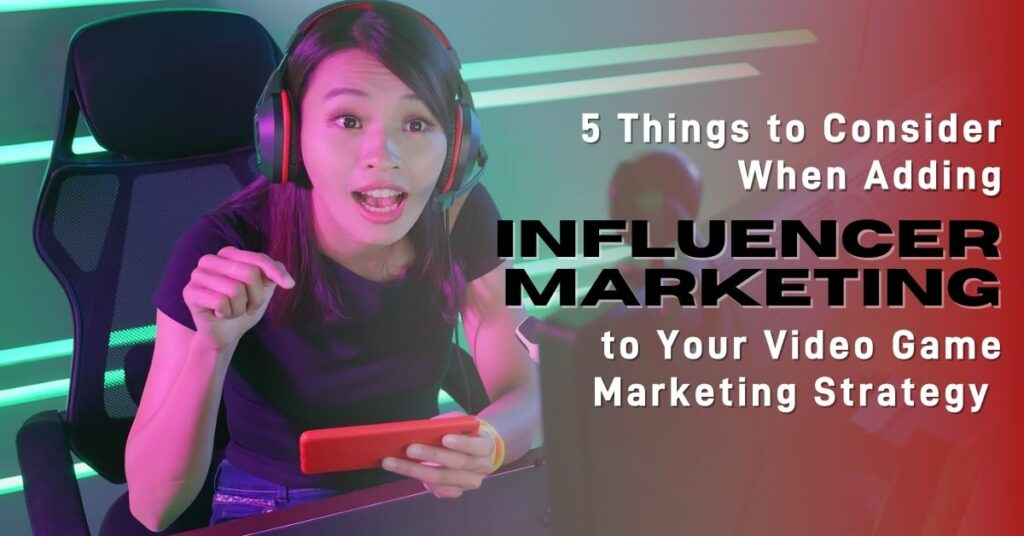
Digital media advertising has transformed in the last decade. It is now predicted to account for 60% of global advertising spend by 2025. A key part of this change has been the move from walled-garden content consumption to a more active experience. This has led to increased revenues on big tech platforms like Google and Facebook.
The value of digital advertising has been driven by the adoption of real-time programmatic ad technology. This technology has allowed for better ad delivery and a more personalized experience for consumers. It has also led to a steady concentration of revenue among Big Tech companies. The Competition and Markets Authority has identified Google as the dominant player in digital advertising.
Additionally, data-targeting techniques have helped increase advertising images. While this may sound like a good thing, it is worth noting that the use of such techniques is not a panacea. It is also difficult to measure effectiveness of ads due to the complex nature and bidding process.

With more and more consumers accessing the internet through their mobile devices, advertisers are shifting their focus to social media channels. To reach a wider audience, advertisers are using third-party placements like pop-up ads.
Although digital advertising is changing at an increasingly rapid pace, the future of digital media is not yet known. For now, it is necessary to map the digital ecosystem and identify key players in your local market.
Before a company invests in digital media it must first set its goals. These should include quality and quantity metrics. If engagement is the objective, the most common KPIs would be reviews, registrations or subscriptions. A landing page with the right brand identity will be optimal.
A communications brief should be given to all involved parties, including advertising agencies. It should emphasize the importance of engaging customers and target audiences and challenge media agencies in finding the most appropriate channels. In order to be effective, the brief should include a meeting between the media sales team and the brief.

A media planning process that is clear and concise is another important aspect of any communications brief. You can make sure that your media purchases are profitable and help your business reach its goals by having a clear process.
Ultimately, the most successful digital media advertising strategy involves a combination of quality and quantity. The key aspect of choosing media to drive change in consumers' behaviors to improve sales is the most important. Display ads can be used to influence online shoppers or social media to reach the most relevant customers. No matter what media strategy you use, it will still need to be monitored and reviewed regularly.
Importantly, we must also consider the effect of regulation. Digital media advertising has been impacted by the proliferation of privacy issues, and regulatory considerations can have a significant impact on the ecosystem.
FAQ
What is an ad-campaign?
An advertising campaign is a series of advertisements designed to promote a product or service. It can also refer to the whole production of such ads.
"Ad" is a Latin word that means "to sell." Marcus Terentius Varro, 116-27 BC, was the first to use it. He used it as a verb that meant "to make a sales."
Advertising campaigns are most often done by large agencies or businesses. These campaigns may include many media types such as print, television, radio and the internet.
Advertising campaigns last several months and are usually focused on specific goals. One example is that some campaigns seek to create awareness while others are more focused on increasing sales.
What information do you need about internet advertising
Internet advertising is an integral part of any business strategy. It allows businesses to reach potential clients at a low price. There are many forms of internet marketing. Some are free while others may require payment.
There are many other ways to advertise online. Each method has its pros and cons.
Why not use social media advertising for your business?
Social Media Marketing (SMM) allows you to reach customers where they are - on social networks such as Facebook, Twitter, LinkedIn, YouTube, Google+, etc. You can also target specific audiences within these networks by using keywords.
Because this advertising method costs less online than traditional methods, it's more cost-effective. It also allows you to build strong relationships with your current and potential clients.
It is easy to use social media to promote your company. All you require is a smartphone, computer or laptop and Internet access.
What is the primary purpose of advertising?
Advertising isn't just about selling products. It's also about creating an emotional connection among your customers and you.
Advertising is about communicating your ideas and values to people who already care about what you have to say. It's about changing people's attitudes. It's all about building relationships.
It's about helping people feel good about themselves.
However, if your customers don't want what you have to offer, you won't be able to sell anything.
So before you start any advertising project, you should first understand your customer's needs and wants, and buying habits.
Then you can design ads that will resonate with them.
What is affiliate marketing?
Affiliate marketing is an internet business model in which you refer customers to other products and services. The product owner pays you for each person who buys from you.
Affiliate marketing is built on referrals. Referring people to your website is all that's required. All they have to do is to refer them the website.
You can make money without doing any hard selling at all. It's as simple to sell as to buy.
It takes just minutes to set up an account as an affiliate.
Referring more people will result in more commission.
There are two types of affiliates:
-
Affiliates who own their websites
-
Affiliates working for companies offering products or services.
What is the cost of advertising on social media?
This route is not for everyone. You will be charged monthly based on how much time you spend on each platform.
Facebook - $0.10 Per 1,000 Impressions
Twitter - $0.20 for 1,000 impressions (if tweeting)
Linkedin - $0.30 for 1,000 impressions if your send out invitations
Instagram - $0.50 for 1,000 impressions
Snapchat - $0.60 for 1,000 impressions ($0.40 Per User)
YouTube – $0.25 per 1000 views
Tumblr – $0.15 per 1000 impressions for text postings
Pinterest - $0.05 per 1,000 impressions per month
Google + $0.15-$0.20 for 1,000,000 impressions
Tumblr - $0.15- $0.20 per 100,000 impressions
Vimeo - $0.20-$0.25 per 10,000 impressions
Soundcloud – $0.20-$0.25 for 1 million plays
StumbleUpon - $0.20 -$0.25 per 1 billion pageviews
Digg - $0.20 to $0.25 per 1000 diggs
Reddit $0.20-$0.25/1000 comments
Wordpress $0.20-$0.25 per 500 Comments
Flickr - $0.20 -- $0.25 per 5,000 photo uploads
What do you need to know about radio advertising?
It is important to understand the interdependence of different media types. Remember that media can complement each other and are not necessarily competitive.
Radio is best used as an extension of television advertising. It complements TV by reinforcing key messages and providing additional information.
Radio listeners may find TV commercials too long. Radio ads are usually shorter and less expensive.
Statistics
- In 1919 it was 2.5 percent of gross domestic product (GDP) in the US, and it averaged 2.2 percent of GDP between then and at least 2007, though it may have declined dramatically since the Great Recession. (en.wikipedia.org)
- Worldwide spending on advertising in 2015 amounted to an estimated US$529.43 billion. (en.wikipedia.org)
- It collects money from the advertisers, keeps 32% for its role in facilitating the process, and the remaining 68% goes to the publisher (you). (quicksprout.com)
- Google will display whichever ad type (CPM or CPC) is expected to earn more revenue for the publisher, which is in Google's best interest since they take a 32% share of the revenue. (quicksprout.com)
External Links
How To
How to run paid advertisements
Paid advertising can be defined as any marketing activity in which you pay money. Paid advertising can include purchasing ad space on websites or placing ads in magazines or newspapers. You could also pay someone to promote your company online. There are many forms of paid advertising. These include social media marketing, email marketing and display advertising.
You need to know the cost of your campaign and the expected results. This will ensure that it runs smoothly. You also want to consider whether or not you'll get enough return on investment (ROI) to justify the cost.
Before you can start a paid marketing campaign, you need to first identify potential customers for the product or service. You can start by sharing your message via social media, posting flyers and making announcements in your local area.
Once you've identified your target audience, the best way of reaching them is determined. For example, if you sell organic food, you may want to advertise in local newspaper classifieds. Advertising on TV and radio is another option if you are selling cosmetics.
After deciding who you want your message to reach, determine how much you can spend. There are many ways you can calculate your budget. The first is to divide the budget into daily or weekly, monthly, quarterly, annual, and/or quarterly amounts. The second way is to use a spreadsheet program to